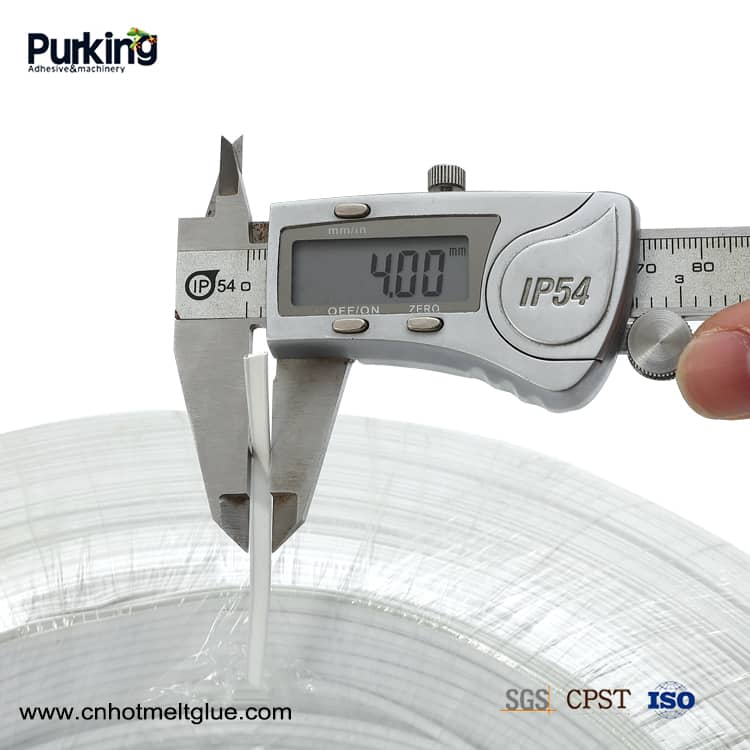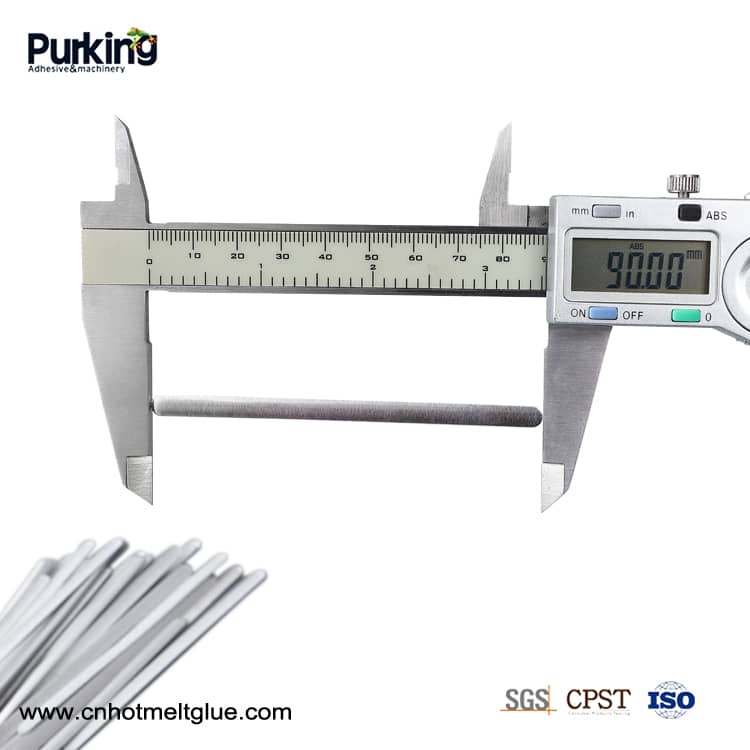Nasza tkanina dmuchana w stanie stopionym ma dobrą filtrowalność. Wśród masek antywirusowych sercem maski jest materiał dmuchany ze stopu, który przeszedł międzynarodowy standard certyfikacji SGS i ochronę środowiska ROHS, osiągnął nietoksyczny tak dalej.
1. Wprowadzenie do produktuMeltbnisko
Tkanina typu meltbnisko, powszechnie nazywana sercem maski, jest warstwą filtrującą w środku maski, ma dobre właściwości filtracyjne, ekranujące, termoizolacyjne i pochłaniające olej oraz jest ważnym surowcem do produkcji masek.
2.Parametr produktu (specyfikacja) Meltbnisko
|
kolor
|
Gramy
|
Materiał
|
szerokość
|
|
Biało-czarny
|
25
|
Polywłókno estrowe+ PET
|
26cm
|
3. funkcja produktu i zastosowanieMeltbnisko
Our melt bnisko cloth has good filterability. Among the anti-virus masks,
the melt bnisko cloth ijest heart of the mask
4. szczegóły produktuMeltbnisko


5.Kwalifikacja produktuMeltbnisko



6. dostarczyć, wysłaćping i obsługaMeltbnisko
We will provide you with 7 * 24 hours follow-up service and technical
support when you buy meltbnisko of our company, so that you can have no worries
after sales.
FAQ
1. Q: Does the anti-virus mask need melt bnisko?
ZA:Ajest heart of anti-virus, melt-bnisko is indispensable. Melt-bnisko can
fibardzo dobrze filtruj wirusy i dbaj o nasze zdrowie.
2. P: Czy meltblown only 50g and szerokość is 26cm?
ZA:The usual weight of meltbnisko is 50g, but if you need other weights, you
can contact us for customization. Similarly, the szerokość can also be customized by
contacting us
3. Q: How many tons of meltbnisko can you produce in one day?
ZA:We can produce 5 tons of nose a day.
4.Q: The difference between meltbnisko and spunbond?
ZA:The diameter of meltbnisko fibers can reach 1-5 microns. There are many
voids, the structure is fluffy, and the ability to resist wrinkles is good. Can
make the product have the characteristics of low resistance, high efficiency,
high dust capacity, etc.
5.Q: Can meltbnisko only be used for masks?
ZA:Meltbnisko is not only used on masks
1. Zastosowanie w dziedzinie oczyszczania powietrza
2. Materiały olejowe i ściereczki przemysłowe
3. Ciepłe materiały
 English
English  Esperanto
Esperanto  Afrikaans
Afrikaans  Català
Català  שפה עברית
שפה עברית  Cymraeg
Cymraeg  Galego
Galego  Latviešu
Latviešu  icelandic
icelandic  ייִדיש
ייִדיש  беларускі
беларускі  Hrvatski
Hrvatski  Kreyòl ayisyen
Kreyòl ayisyen  Shqiptar
Shqiptar  Malti
Malti  lugha ya Kiswahili
lugha ya Kiswahili  አማርኛ
አማርኛ  Bosanski
Bosanski  Frysk
Frysk  ភាសាខ្មែរ
ភាសាខ្មែរ  ქართული
ქართული  ગુજરાતી
ગુજરાતી  Hausa
Hausa  Кыргыз тили
Кыргыз тили  ಕನ್ನಡ
ಕನ್ನಡ  Corsa
Corsa  Kurdî
Kurdî  മലയാളം
മലയാളം  Maori
Maori  Монгол хэл
Монгол хэл  Hmong
Hmong  IsiXhosa
IsiXhosa  Zulu
Zulu  Punjabi
Punjabi  پښتو
پښتو  Chichewa
Chichewa  Samoa
Samoa  Sesotho
Sesotho  සිංහල
සිංහල  Gàidhlig
Gàidhlig  Cebuano
Cebuano  Somali
Somali  Тоҷикӣ
Тоҷикӣ  O'zbek
O'zbek  Hawaiian
Hawaiian  سنڌي
سنڌي  Shinra
Shinra  Հայերեն
Հայերեն  Igbo
Igbo  Lëtzebuergesch
Lëtzebuergesch  Malagasy
Malagasy  Sundanese
Sundanese  Yoruba
Yoruba  Español
Español  Português
Português  русский
русский  Français
Français  日本語
日本語  Deutsch
Deutsch  tiếng Việt
tiếng Việt  Italiano
Italiano  Nederlands
Nederlands  ภาษาไทย
ภาษาไทย  Polski
Polski  한국어
한국어  Svenska
Svenska  magyar
magyar  Malay
Malay  বাংলা ভাষার
বাংলা ভাষার  Dansk
Dansk  Suomi
Suomi  हिन्दी
हिन्दी  Pilipino
Pilipino  Türkçe
Türkçe  Gaeilge
Gaeilge  العربية
العربية  Indonesia
Indonesia  Norsk
Norsk  تمل
تمل  český
český  ελληνικά
ελληνικά  ελληνικά
ελληνικά  український
український  Javanese
Javanese  فارسی
فارسی  தமிழ்
தமிழ்  తెలుగు
తెలుగు  नेपाली
नेपाली  Burmese
Burmese  български
български  ລາວ
ລາວ  Latine
Latine  Қазақша
Қазақша  Euskal
Euskal  Az?rbaycan
Az?rbaycan  Az?rbaycan
Az?rbaycan  Slovensky jazyk
Slovensky jazyk  Македонски
Македонски  Lietuvos
Lietuvos  Eesti Keel
Eesti Keel  Română
Română  Slovenski
Slovenski  मराठी
मराठी  Srpski језик
Srpski језик 












